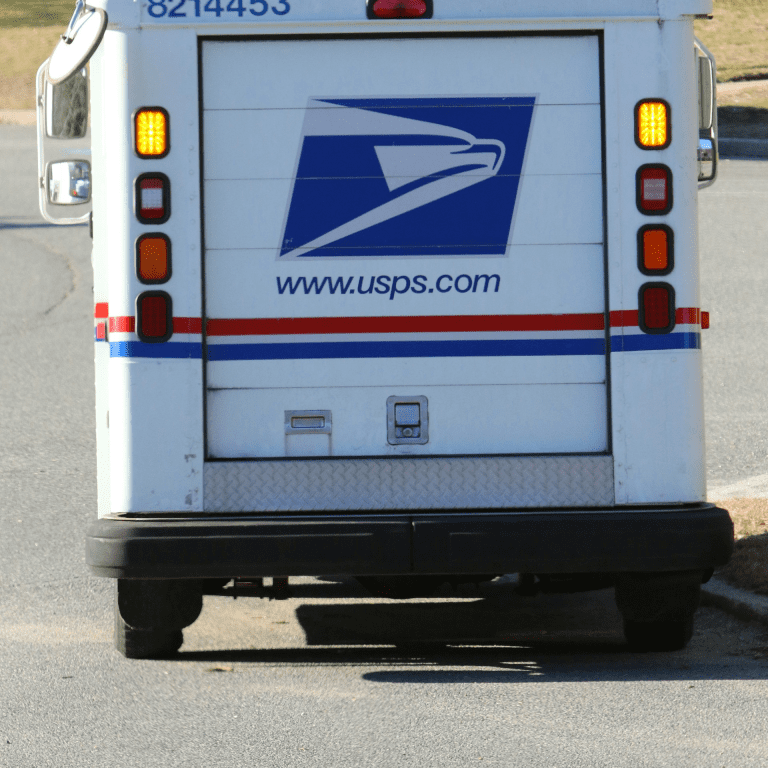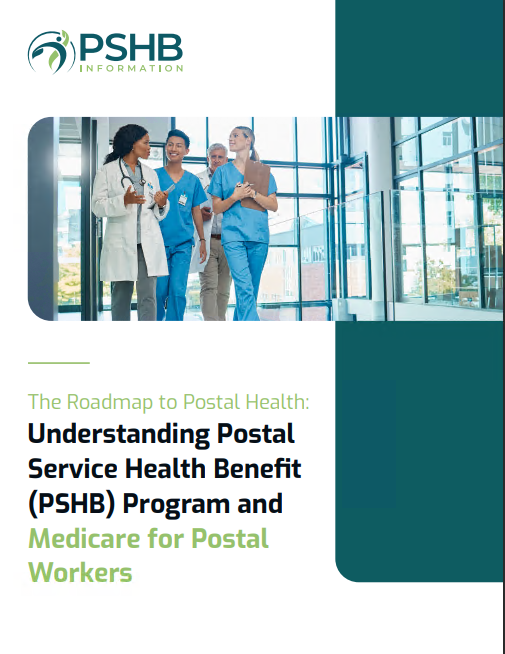Key Takeaways
-
Coinsurance rates in PSHB plans can vary widely depending on the type of service and whether you stay in-network or venture out-of-network.
-
Understanding coinsurance and its impact on your medical bills can help you budget effectively and make informed healthcare choices.
What Are Coinsurance Rates and Why Do They Matter?
When you’re enrolled in a Postal Service Health Benefits (PSHB) plan, coinsurance is one of the most critical aspects to understand. Coinsurance is the percentage of medical costs you’re responsible for after meeting your plan’s deductible. Unlike copayments, which are flat fees, coinsurance requires you to share a percentage of the total bill. This can make a big difference in how much you’ll pay for medical services.
For example, if your plan has a coinsurance rate of 20%, you’ll pay 20% of the costs for covered services, while your insurance covers the remaining 80%. However, these rates can fluctuate depending on factors like whether you’re using in-network or out-of-network providers.
How Deductibles and Coinsurance Work Together
Before your coinsurance even kicks in, you’ll need to meet your plan’s annual deductible. For PSHB plans, deductibles can range from $350 to $500 for in-network services in low-deductible plans and $1,500 to $2,000 in high-deductible plans. Out-of-network deductibles tend to be even higher, ranging from $1,000 to $3,000.
Here’s how it works:
-
You pay 100% of your medical costs until your deductible is met.
-
After meeting the deductible, you pay only your coinsurance percentage for covered services.
Knowing your deductible amount is crucial for budgeting, as it sets the stage for when your coinsurance responsibilities begin.
In-Network vs. Out-of-Network: The Big Difference
Staying within your plan’s network is key to minimizing out-of-pocket costs. PSHB plans often have lower coinsurance rates for in-network providers, ranging from 10% to 30%. By contrast, out-of-network coinsurance rates can soar to 40% or 50%.
For example:
-
In-Network Services: A specialist visit might cost $200. With a 20% coinsurance rate, you’ll pay $40.
-
Out-of-Network Services: The same visit could cost $300, and with a 50% coinsurance rate, you’ll owe $150.
The difference in costs can be staggering, so it’s worth taking the time to ensure your provider is in-network.
Coinsurance for Common Services
Different medical services may come with varying coinsurance rates. Let’s break down some common categories:
Primary and Specialist Visits
-
In-Network: Coinsurance typically falls between 10% and 20%.
-
Out-of-Network: Rates can jump to 40% or more.
Hospital Stays
-
In-Network: Expect coinsurance rates around 20% to 30%.
-
Out-of-Network: These rates can climb to 50%, significantly increasing your share of the bill.
Emergency Services
Emergency care is often an exception to the in-network rule. However, coinsurance rates may still vary. For instance, emergency room visits might come with a 20% coinsurance rate in-network and 40% out-of-network.
Prescription Medications
Some PSHB plans include coinsurance for prescription drugs, with rates depending on the medication’s tier. While generics might have a lower rate, specialty drugs could carry higher percentages.
Annual Out-of-Pocket Maximums: Your Safety Net
PSHB plans include an annual out-of-pocket maximum, which limits how much you’ll pay in a year. Once you hit this cap, the plan covers 100% of eligible costs for the rest of the year.
For 2025:
-
In-Network Maximum: $7,500 to $9,350
-
Out-of-Network Maximum: $14,000
These caps are particularly important if you anticipate high medical expenses, as they ensure your financial exposure is limited.
Tips for Managing Coinsurance Costs
Navigating coinsurance rates doesn’t have to be overwhelming. Here are some practical tips to help you manage your medical expenses:
1. Stick to In-Network Providers
Using in-network providers significantly reduces your out-of-pocket costs. Before scheduling appointments, double-check that your doctor or facility is part of your plan’s network.
2. Consider Preventive Care
Most PSHB plans cover preventive services at 100%, meaning you won’t have to pay coinsurance for annual check-ups, screenings, or vaccinations.
3. Plan for the Deductible
Set aside funds to cover your deductible early in the year. Once you meet it, your coinsurance rates will kick in, reducing your overall costs.
4. Review Your Plan’s Summary of Benefits
The Summary of Benefits and Coverage (SBC) document outlines your plan’s coinsurance rates for various services. Familiarize yourself with it to avoid surprises.
5. Use Health Savings Accounts (HSAs)
If your plan allows, contribute to an HSA to cover out-of-pocket expenses. These accounts offer tax advantages and can be used for deductibles, coinsurance, and more.
Balancing Costs with Quality Care
While it’s tempting to focus solely on cost, remember that healthcare quality is equally important. For example, choosing an out-of-network specialist for a rare condition might be worth the higher coinsurance rate if they offer expertise unavailable within your network.
Understanding Coinsurance for Specialized Services
Coinsurance rates for specialized services like physical therapy, mental health counseling, or diagnostic imaging can vary:
-
Physical Therapy: Typically 20% in-network, 40% out-of-network.
-
Mental Health Services: Rates may be lower for in-network providers, especially for telehealth options.
-
Diagnostic Imaging (e.g., MRIs): These services often carry higher costs, making coinsurance rates impactful.
Coinsurance and Medicare Integration
If you’re Medicare-eligible, integrating Medicare with your PSHB plan can reduce coinsurance costs. Many PSHB plans offer benefits like waived or reduced deductibles and lower coinsurance for enrollees who also have Medicare Part B.
Why Coinsurance Matters for Your Budget
Failing to account for coinsurance can lead to unexpected medical bills. By understanding how these rates work and taking proactive steps, you can better manage your healthcare expenses and avoid financial stress.
The Impact of Coinsurance on Prescription Drug Costs
Prescription drug costs can add up quickly, especially for chronic conditions requiring ongoing treatment. Many PSHB plans categorize medications into tiers, with varying coinsurance rates:
-
Tier 1 (Generics): Lower coinsurance, often 10%-20%.
-
Tier 2 (Preferred Brands): Moderate rates, around 20%-30%.
-
Tier 3 (Non-Preferred Brands): Higher rates, up to 50%.
To minimize costs, discuss generic alternatives or lower-cost options with your healthcare provider.
Making the Most of Your PSHB Plan
Maximizing your PSHB benefits requires a clear understanding of how coinsurance interacts with other plan features like deductibles, out-of-pocket maximums, and network status. By staying informed and proactive, you can reduce your medical expenses while receiving high-quality care.
Taking Charge of Your Healthcare Costs
Coinsurance may seem like just another piece of insurance jargon, but its impact on your medical bills is anything but trivial. By staying within your network, planning for deductibles, and using available resources like HSAs, you can take control of your healthcare expenses. Remember, understanding your plan today can save you money and stress tomorrow.










